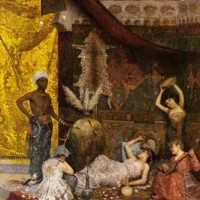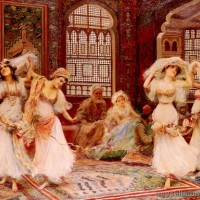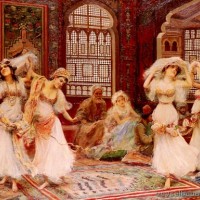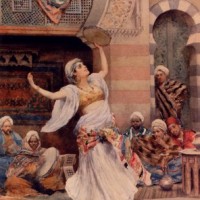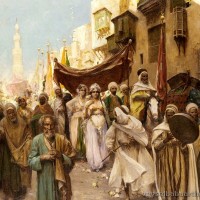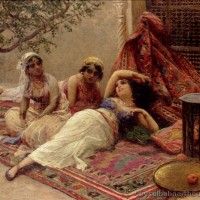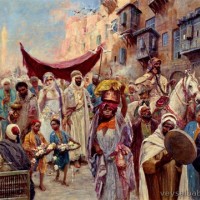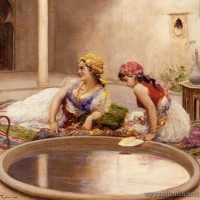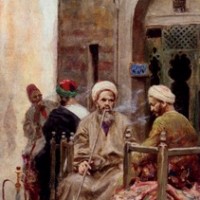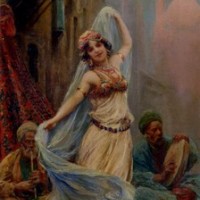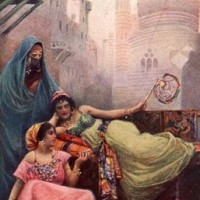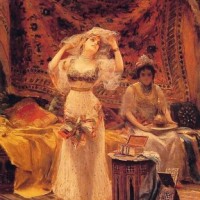- Home
- ABOUT US
- ABOUT VEYSEL BABA
- REDFOX ART HOUSE VIRTUAL TOUR
- MY LAST WILL TESTAMENT
- NOTES ON HUMANITY AND LIFE
- HUMAN BEING IS LIKE A PUZZLE WITH CONTRADICTIONS
- I HAVE A WISH ON BEHALF OF THE HUMANITY
- WE ARE VERY EXHAUSTED AS THE DOOMSDAY IS CLOSER
- NO ROAD IS LONG WITH GOOD COMPANY
- THE ROAD TO A FRIENDS HOUSE IS NEVER LONG
- MY DREAMS 1
- MY DREAMS 2
- GOLDEN WORDS ABOUT POLITICS
- GOLDEN WORDS ABOUT LOVE
- GOLDEN WORDS ABOUT LIFE
- GOLDEN WORDS ABOUT DEATH
- VEYSEL BABA ART WORKS
- SHOREDITCH PARK STORIES
- EXAMPLE LIVES
- ART GALLERY
- BOOK GALLERY
- MUSIC GALLERY
- MOVIE GALLERY
- Featured Article
- Home
- ART GALLERY
- Fabio Fabbi
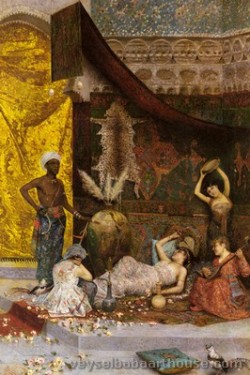
Fabio Fabbi
Fabio Fabbi was born in Bologna, Italy in 1861. As a young man, he enrolled at the Accademia Di Belle Arti in Florence and studied sculpture and painting in the 1880s, winning prizes in both categories. After his studies, he travelled to Paris, Munich, and finally Egypt. Upon his return to Italy, he dedicated himself solely to painting and was honoured with the distinction of professorship at the Accademia.
Fabbi painted prolifically images of odalisques and bazaars which were well-received by the public. His images were commercial for his day, and thus he succeeded in painting more works than many of his contemporaries in Italy. From 1884 onward, Fabbi regularly participated in exhibitions in Turin, Milan and Florence, gaining popularity and laud mostly because his works were colourful and amusing. Although the subject matter was not novel to his audience at this point in time, his impressionist technique and the movement of his figures were quite appealing, as in the present lot.
Dancers in the Harem, a work most likely inspired by a visit to Cairo, shows the Fabbi's versatility and skill. The backdrop of the room, the carpets and windows are clearly painted with clean lines, articulated and realistic. The dancers, however, are painted with visible brushstrokes, giving the impression that they are moving and dancing to the music. Fabbi's unique ability to mix the two techniques makes the work both interesting and believable.
The present scene depicts one of Fabbi's favourite themes: Raks Baladi, the popular folk dance of Egypt which is believed to have mothered all Oriental dance. During his trip to Egypt in 1886, Fabbi would have witnessed the skilful women performing Raks Baladi as it was enjoyed at festivals, in the home, and in the living quarters for casual entertainment. The depiction of the dancers is true to what Fabbi would have seen in Cairo. The women don long, simple robes indigenous to Egypt with some ornamentation around the bust and scarves accentuating the hips. This costume differed greatly from region to region in the Middle East, verifying Fabbi's interaction with the Egyptians.
